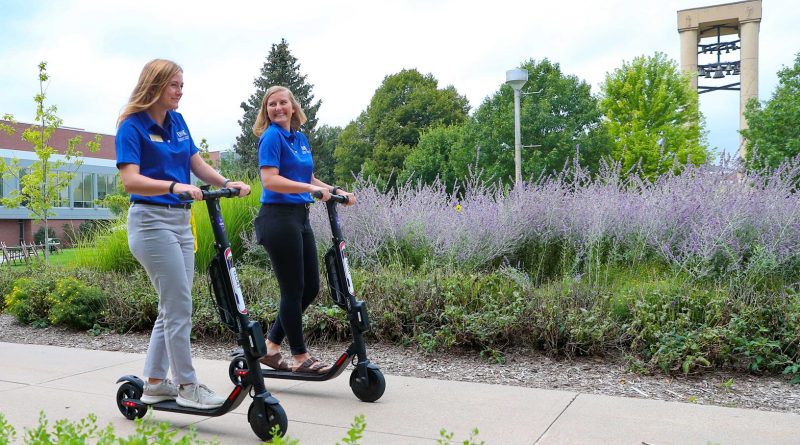Take A Walk
Payton Costenbader
Staff Writer
It is known that completing higher levels of education is a time consuming, difficult and demanding task in a student’s life. A well-rounded lifestyle is vital for a productive learning environment, yet most students are not taking care of some aspects of their physical health, such as consistent exercise. Walking is a great form of cardiovascular exercise that is likely to be the most manageable for able-bodied individuals to participate in.
Being in school requires a massive time commitment that is difficult to balance. Time management is a common problem among most young adults attending colleges and universities. While many recognize that daily workouts are healthy and important to schedule in, that might not be feasible. Time management is not the only obstacle students face; access to facilities and transportation can play a role in obstructing one’s ability to hit the recommended thirty minutes of exercise per day. This leads me to my ultimate point of this article, take a walk. It is not uncommon to see people travelling to class on electric scooters to decrease the time it takes to move between buildings; however, this is eliminating the ability to get some steps in throughout the day. Passive exercise is great for people on tight schedules. You will be travelling across campus either way, why not take the opportunity to take care of your cardiovascular health.
General research has been done by the International Journal of Environmental Research and Public Health which suggests that nearly 50% of students in college do not participate in any physical activity. While one can argue that working out is a hobby that simply does not interest these students, it should also be noted that physical activity is majorly important to everybody’s health. Just thirty minutes of exercise per day is linked to increased cardiovascular health and a decrease in excess body fat as well as the risk of developing type two diabetes and heart disease. Additionally, mental health is noted to be better in individuals who exercise daily. People present lower rates of developing mental illness or decreased symptoms of current difficulties. Walking between classes is a great way to reach this thirty-minute goal without having to go out of your way to work in time to get to the gym.
Seton Hall University is a great example of a walkable campus. Our campus is generally considered small compared to larger state universities. To provide context, our campus is 210,000 square feet, while Penn State University in Pennsylvania is 800,000 square feet. Being nearly four times larger than Seton Hall University, it would make sense for Penn State University students to utilize electric scooters or other similar pieces of equipment to travel between buildings. It might not be possible to make it to class in a timely manner without them. At SHU this is generally not a problem that students face. I highly encourage all students who do not require the equipment as a form of accommodation to adjust their experience on campus towards their individual needs, to enjoy the walk.
Contact Payton at payton.costenbader@student.shu.edu

